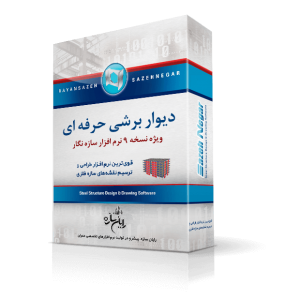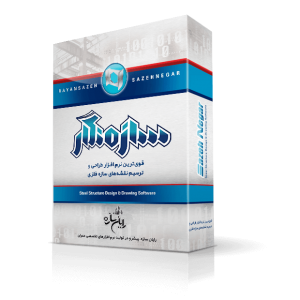توضیحات
آموزش جامع پایتون (Python)
Introduction
Python emerged as a leader
amongst well established and optimized languages like C, C++, Java for very simple reasons. Fabrication of python incorporates the philosophy that complex tasks can be
done in simple ways. We tend to think that complex problems needs complex pathways to produce complex solutions. Python was fabricated with exactly opposite philosophy. Python was made to have an extremely flat learning curve and development process for software engineers. At the same time it was framed keeping in mind the power of Open Source movement, which helped in expanding its capabilities at amazing pace. Being open source in nature, people could make small programs and share amongst each other with ease. Group of programs to perform various tasks make up a module/package. There are over 57989 module till date (Tuesday 8th March, 2016), which has been submitted by equally large number of developers around the world. This made python jump rapidly amongst computer science community and finally grab number one position as the most favored programming language.
History
Development of python programming language dates back to 1980s. Its implementation was started by Guido van Rossum at CWI in the Netherlands in December 1989. This was an era when computing devices were becomes powerful and reliable every day. Python 1:0 was released to public in 1994, Python 2:0 in 2000 and Python 3:0 in 2008 but Python 3 was not
made to be back compatible with Python 2 which made it less usable to users who were already developing with Python 2. This made a lot of developers stick to Python 2 even now with very few taker of Python 3 in general. Python derives its philosophy from ABC language to a large extent. Synatx structure was largely derived from C and UNIX’s Bourne shell environment served as inspiration for interpretative nature of the working environment. It also used a lot of other concepts from a variety of languages to
make itself a robust multipurpose, object-oriented, high-level programming language. A high level programming language is the one which has strong
abstraction from the details of computer. An object oriented programming language is the one which deals with data as an object on which different methods act, to produce a desired result. The abstract nature of objects makes it possible to invent objects of our choice and apply the programming concepts for a variety of applications.
Python and Engineering
Engineering problems employ numerical computations both at small scale and large scales. Hence the requirements of engineering application require
a programming languages to fit well in both these regimes. There are very few languages which can boast these qualities and python is definitely a
winner here. While running large computational tasks on bigger computational architectures, memory management, speed and reliability are the key
parameters. Python being interpretative language is generally considered to be a slower options in this regard. But its ability to use faster codes written
in C, Java and Fortran using interlinking packages cython, jython and f2p, speed intensive tasks can be run in native language within a python code. This relieved a lot of coders around the world who wondered if already optimized codes must be re-written in python.
Another aspect of engineering problems is ability of a programming languages to communicate with physical devices efficiently. Electronic devices
are connected via wires, blue-tooth, wireless and Internet. Using an appropriate python module, one can connect to a compatible device to derive data from it and then visualize it in desired platform. A variety of micro-controllers (like Arduino) allow python to run its hardware with ease.
Micro-computers like Raspberry Pi allow running python programs accessing the input-output devices. This enables cost effective prototyping of an engineering problem.









نقد و بررسیها
There are no reviews yet